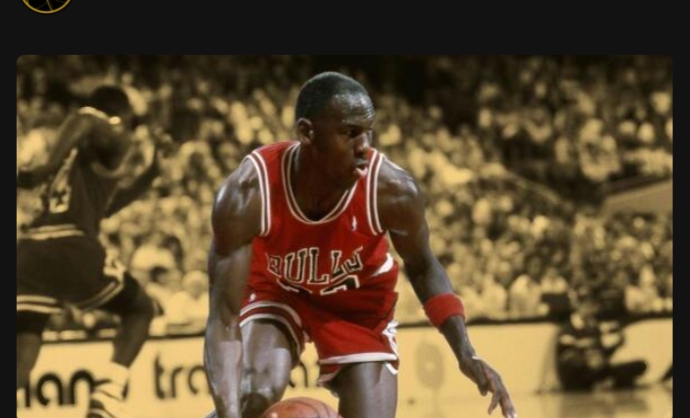Michael Jordan’s decision to decline Converse’s offer during his NBA rookie years played a pivotal role in shaping his iconic brand legacy. While Adidas often gets the spotlight as the company that missed out on “His Airness,” a deeper dive into Jordan’s journey reveals that Converse was also in the running to secure him as an endorser. However, their pitch fell short for several reasons that ultimately shaped Jordan’s historic partnership with Nike.
Converse’s Pitch: Where Did Michael Jordan Fit?
Michael Jordan initially showed no interest in Converse, much like his early reservations about Nike. However, as a product of the University of North Carolina, a Converse-sponsored school, Jordan felt compelled to hear them out. Adding to this dynamic was UNC head coach Dean Smith, who had a professional relationship with Converse, earning $10,000 annually from the company.
Despite Jordan’s initial reluctance, Converse’s marketing head, Joe Dean, noted that the young star paid attention during their pitch. Jordan raised a crucial question that reflected his self-awareness and foresight: “With all these stars, where do I fit into the conversation?” At the time, Converse’s roster of endorsers included NBA legends such as Magic Johnson, Larry Bird, Julius Erving, Isiah Thomas, and Mark Aguirre.
The brand’s dominance in the NBA throughout the 1950s, 60s, and 70s gave it significant leverage in basketball culture. By the 1980s, Converse offered its top endorsers a standard $100,000 annual contract, which was the prevailing rate for superstar-caliber players. Converse’s president, John O’Neil, assured Jordan that he would be treated equally to the existing superstars on their roster—despite not having played a single professional game at that point.
However, this “equal treatment” approach failed to resonate with Jordan. As he explained in The Last Dance documentary, “Converse had big players and told me, ‘We cannot envision you being put ahead of them.’”
The Lack of Innovation: A Fatal Misstep
While financial terms and equal status were sticking points, what truly soured Jordan on Converse was their apparent stagnation and lack of vision. When Jordan’s father asked Converse representatives if they had any new ideas for his son, their response—or lack thereof—was telling. Converse appeared complacent, leaning on their success with the Converse Pro Leather, which had been the go-to basketball shoe since its release in 1976.
This shoe, which Jordan himself wore during his college years, was immensely popular at the time. However, its dominance in the market also bred a sense of inertia within the company. With the NBA’s biggest stars already wearing Converse and their Pro Leather reigning supreme, the brand did not see a need for innovation or the urgency to secure Jordan.
Missed Opportunity in a Changing Market
In hindsight, Converse’s inability to recognize Jordan’s potential as more than just another athlete on their roster was a missed opportunity. While they offered a lucrative deal and the chance to join a roster of established legends, they failed to see Jordan’s desire to transcend the status quo and redefine what it meant to be a global sports icon.
This lack of foresight stood in stark contrast to Nike, whose willingness to gamble on Jordan’s potential resulted in a groundbreaking partnership. Unlike Converse, Nike’s pitch centered on innovation and a vision for Jordan as the face of a revolutionary brand.
The Aftermath
Following the meeting with Converse, Jordan turned to Adidas and later to Nike, which famously crafted the Air Jordan brand. Converse’s inability to innovate and adapt to the changing dynamics of the basketball shoe market not only cost them the chance to sign Jordan but also marked the beginning of their decline as a dominant force in the industry.
Jordan’s question, “With all these stars, where do I fit into the conversation?” encapsulates the very reason Converse failed to win him over. They couldn’t envision his future as a singular star who would redefine basketball and its cultural impact. That vision would eventually belong to Nike—and the rest is history.
